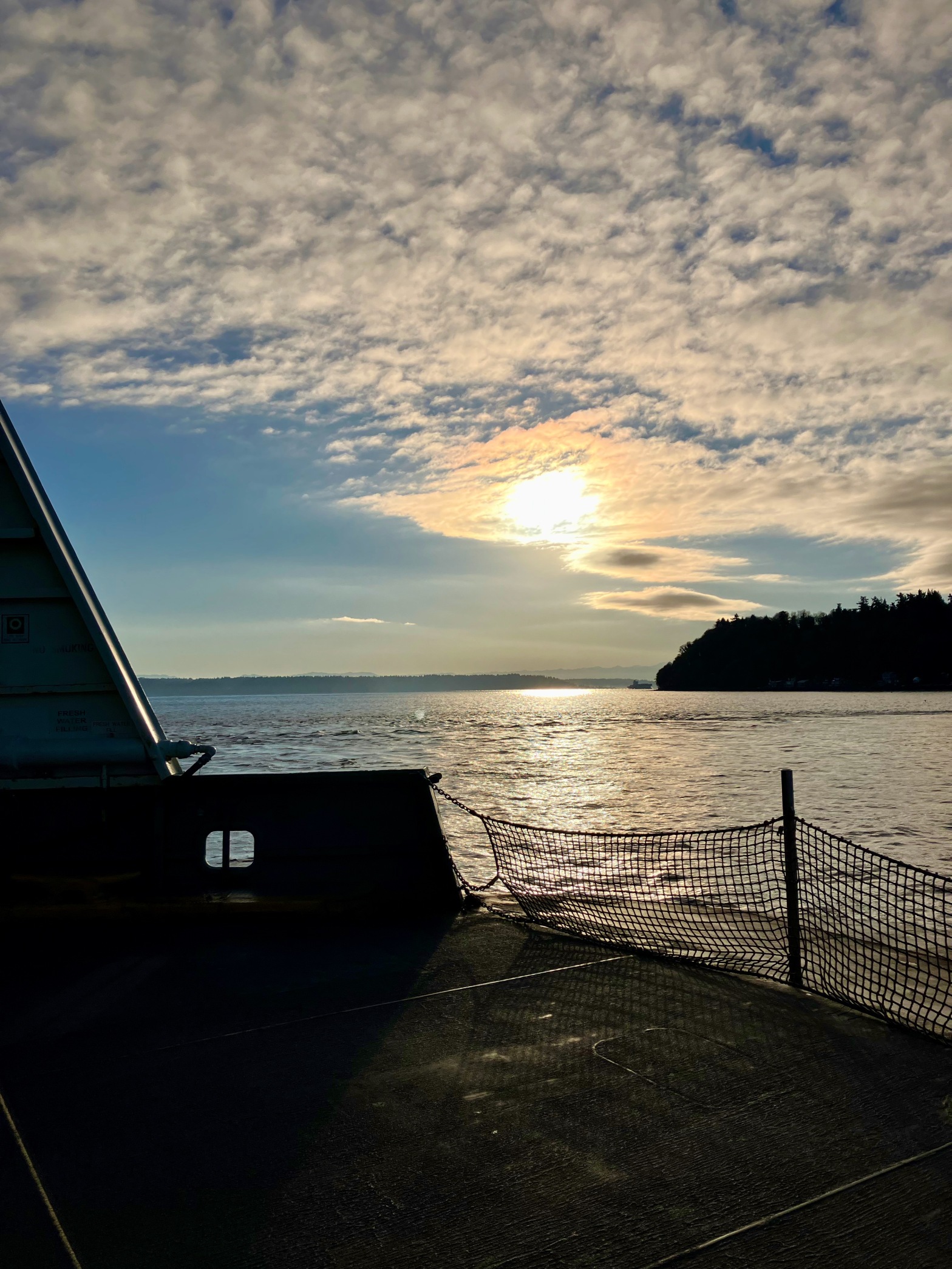On April 8, I’m leading WTA staff to Maury Island to share one of my favorite local transit treks RSVP NOW What: A Transit Trek Washington Trails Association accepted my invitation to join me on a transit trek — and you are invited! Maury Island is one of the best examples of a stunning localContinueContinue reading “Transit Trek with Me and Washington Trails”
Tag Archives: car-free vacation
Five Scenic Transit Rides You Can Take in the Seattle Area
Most of my readers and my mailing list are in the greater Seattle area and might have heard the claims about how popular “scenic driving” is along Lake Washington Boulevard (LWB), especially if you are familiar with efforts to provide more space for people walking and rolling along this jewel of the city’s park system.ContinueContinue reading “Five Scenic Transit Rides You Can Take in the Seattle Area”
Transit Trek with Me
As part of the National Week Without Driving, please join me for a Transit Trek and Trip Audit. RSVP NOW What: A Transit Trek We’ll take the ferry to Bainbridge Island, catch a bus on Bainbridge and walk to the Grand Forest Trailhead to hike the Cross Island, Forest to Sky, and Battle Point trails,ContinueContinue reading “Transit Trek with Me”


